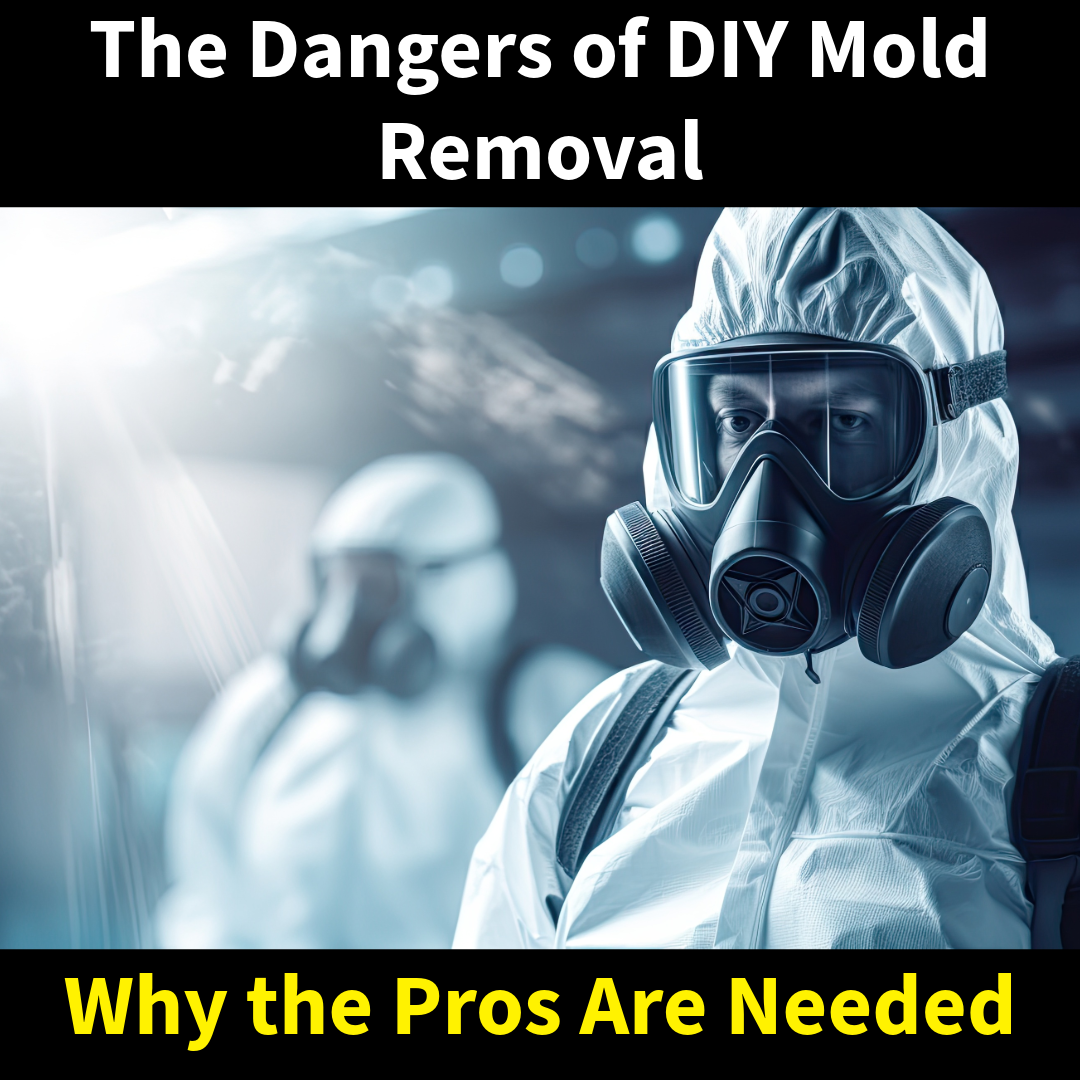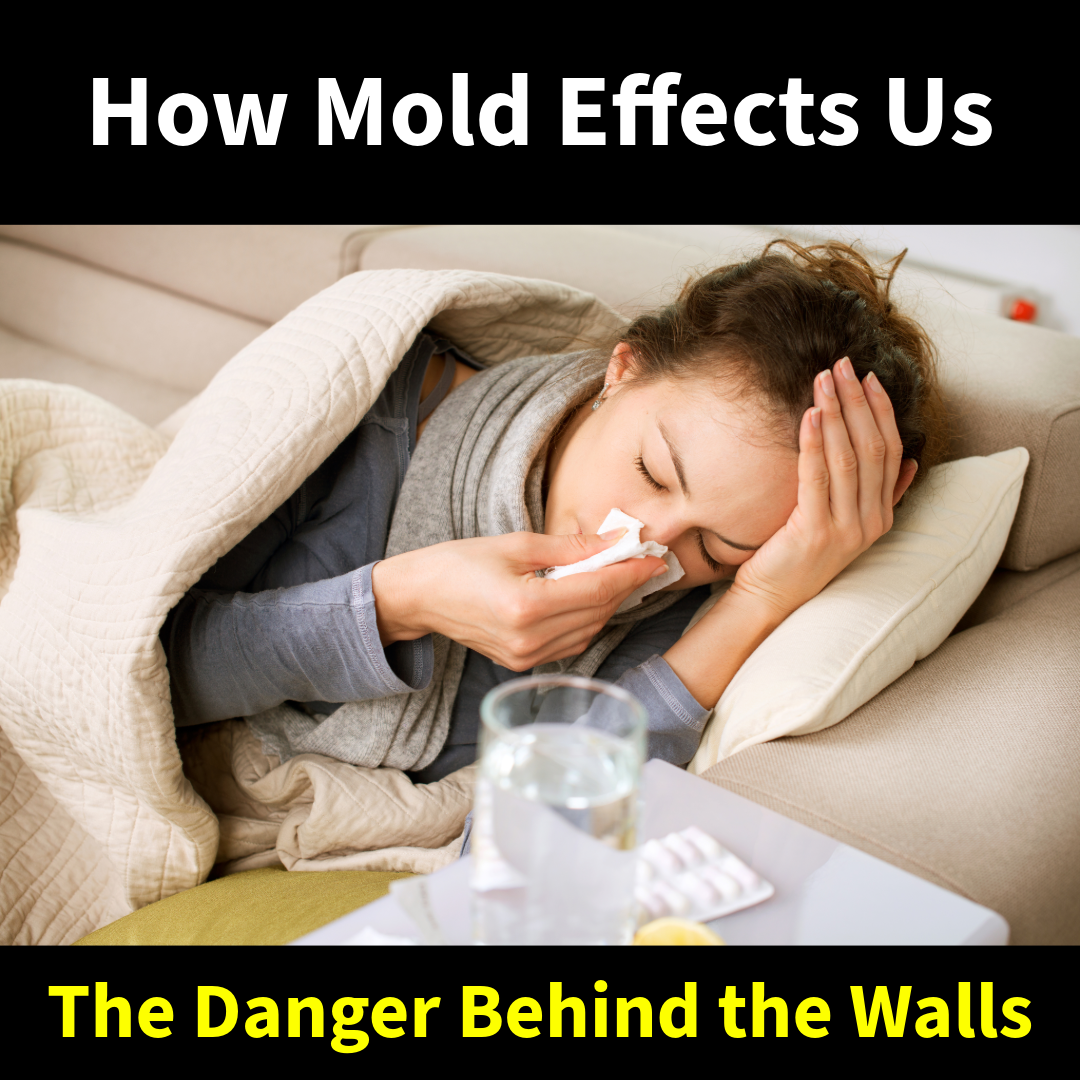Mold can be an unwelcome intruder in any home or business, posing health risks and potentially causing significant structural damage. While tackling mold on your own might seem like a cost-effective solution, DIY mold removal often leads to more problems than solutions. Here, we’ll explore the dangers of DIY mold removal and explain why professional remediation is the safer, more effective choice.
The Risks of DIY Mold Removal
- Inadequate Identification of Mold Types Mold isn’t one-size-fits-all. Some molds, like black mold (Stachybotrys chartarum), are highly toxic and require specialized handling. Without proper training, it’s nearly impossible to identify the type of mold and its associated risks. Treating mold incorrectly can exacerbate the problem or expose you to harmful spores.
- Health Hazards Mold spores can cause respiratory issues, skin irritation, and other health problems, particularly in individuals with asthma, allergies, or weakened immune systems. Disturbing mold without proper protective equipment can release thousands of spores into the air, increasing exposure risks.
- Improper Removal Techniques Scrubbing mold with bleach or other household cleaners may appear to solve the problem, but these methods often only address surface growth. Mold can penetrate porous materials like drywall, carpeting, and wood, making it difficult to eliminate without specialized tools and techniques. Improper removal may leave behind spores, allowing mold to return and spread.
- Cross-Contamination Mold spores are microscopic and can easily travel through the air, spreading to other areas of your property during removal. Without containment measures, you risk turning a localized mold issue into a widespread infestation.
- Structural Damage DIY efforts often overlook hidden mold growth behind walls, under flooring, or in HVAC systems. Failure to address these areas can lead to long-term structural damage and costly repairs.
The Benefits of Professional Mold Remediation
- Accurate Mold Assessment Professionals use advanced testing methods to identify the type of mold and the extent of contamination. This ensures a targeted and effective remediation plan.
- Comprehensive Removal Professional remediation teams have access to industrial-grade equipment, such as HEPA vacuums, air scrubbers, and antimicrobial treatments, to ensure thorough mold removal. They also follow industry standards to safely eliminate mold from both visible and hidden areas.
- Health and Safety Trained technicians use proper protective gear and containment measures to minimize exposure to mold spores, protecting both themselves and your household or employees.
- Prevention of Future Growth Professionals address the root cause of mold growth, such as leaks or high humidity, to prevent recurrence. They can also provide guidance on moisture control and maintenance to keep your property mold-free.
- Peace of Mind Hiring a professional ensures the job is done right the first time, saving you time, money, and stress. You’ll have confidence knowing your property is safe and mold-free.
When to Call a Professional
If you notice signs of mold, such as a musty odor, discoloration on walls or ceilings, or unexplained health issues, it’s time to call in the experts. Mold Solutions & Inspections specializes in professional mold remediation, offering comprehensive services to restore your property and protect your health.
DIY mold removal might seem tempting, but the risks far outweigh the potential savings. Improper handling can exacerbate health problems, spread mold, and lead to costly repairs. Professional remediation provides a safe, effective solution to eliminate mold and prevent its return. When it comes to protecting your home or business, trust the experts to get the job done right. Contact Mold Solutions & Inspections today to schedule a consultation and take the first step toward a mold-free environment.

